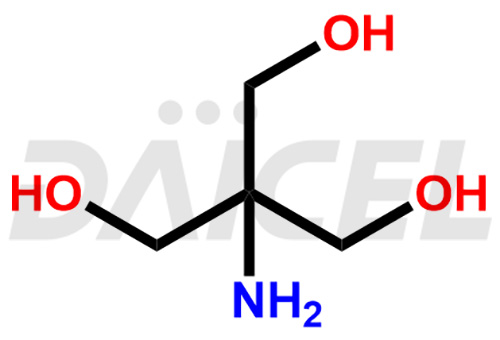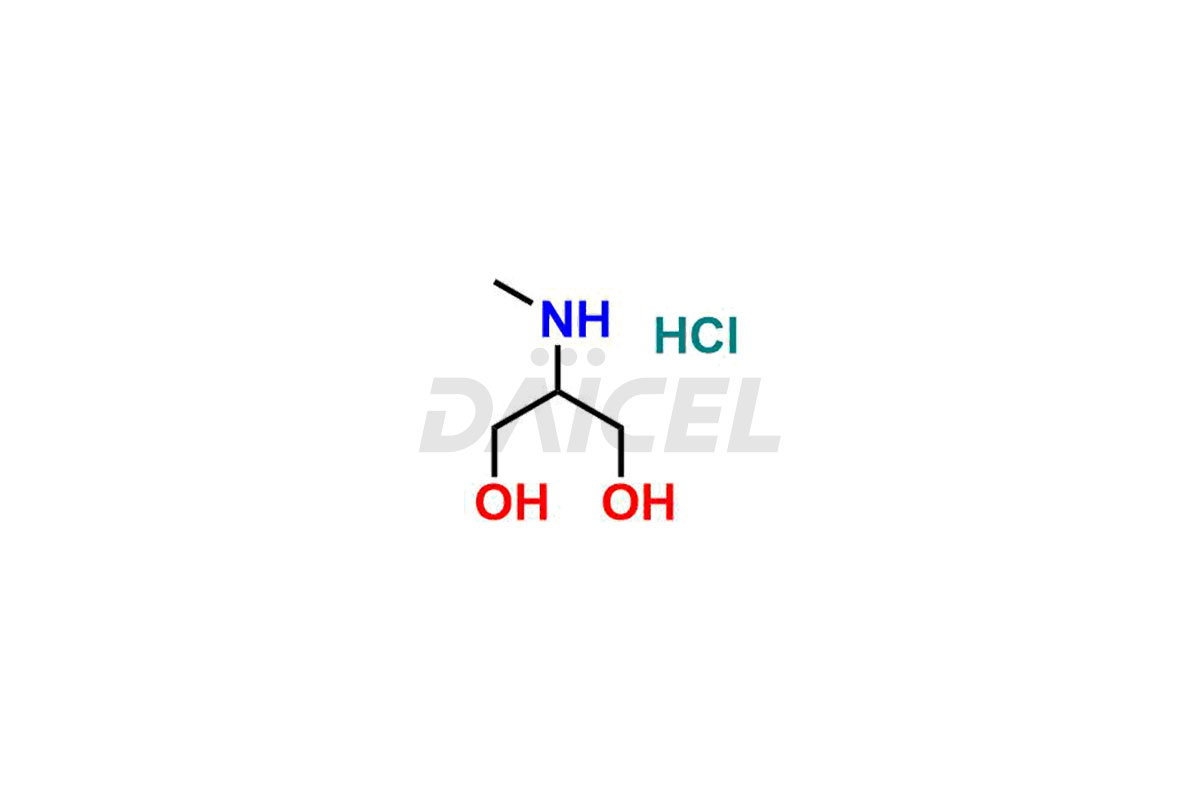Tromethamine
General Information
Tromethamine Impurities and Tromethamine
Daicel Pharma is a reliable supplier of high-quality Tromethamine impurity standards, encompassing 2-(N-methylamino) -2-Hydroxymethyl-1,3-propanediol (MMTA) Hydrochloride, 2-(N-methylamino)-1,3-propanediol (MMAPD) Hydrochloride, and 2-(N, N-dimethylamino)-2-Hydroxymethyl-1,3-propanediol (DMTA) Hydrochloride. The presence of these impurities is crucial in conducting a comprehensive assessment of the quality, stability, and safety of active pharmaceutical ingredients. Daicel Pharma specializes in synthesizing Tromethamine impurities to meet clients’ needs. With the ability to ship globally, customers worldwide can conveniently receive these impurities.
Tromethamine [CAS: 77-86-1] is a buffering agent in pharmaceutical formulations. It helps maintain the pH stability of medications and enhances their effectiveness in stabilizing the desired acidity or alkalinity.
Tromethamine: Use and Commercial Availability
Tromethamine belongs to the cyclized propionic acid NSAID family. It prevents and corrects metabolic acidosis.
Tromethamine is available under brand names such as Tham, which contains the active ingredient, Tromethamine.
Tromethamine Structure and Mechanism of Action 
The chemical name of Tromethamine is 2-Amino-2-(hydroxymethyl)-1,3-propanediol. Its chemical formula is C4H11NO3, and its molecular weight is approximately 121.14 g/mol.
Tromethamine acts as a proton acceptor and is an alkalinizing agent. It is an osmotic diuretic and increases urine flow and excretion of electrolytes, fixed acids, and carbon dioxide.
Tromethamine Impurities and Synthesis
Tromethamine impurities can arise during synthesis1 due to storage or using specific raw materials and intermediates in preparation. These impurities encompass related compounds, degradation products, and process impurities. Stringent quality control measures and analytical methods are crucial to ensure the purity and safety of Tromethamine for patient use.
Daicel provides a comprehensive Certificate of Analysis (CoA) for Tromethamine impurity standards such as 2-(N-methylamino) -2-Hydroxymethyl-1,3-propanediol (MMTA) Hydrochloride, 2-(N-methylamino)-1,3-propanediol (MMAPD) Hydrochloride, and 2-(N, N-dimethylamino)-2-Hydroxymethyl-1,3-propanediol (DMTA) Hydrochloride. The CoA includes detailed characterization data such as 1H NMR, 13C NMR, IR, MASS, and HPLC purity2. Additionally, upon delivery, we give a complete 13C-DEPT. Daicel possesses the technology and expertise to synthesize any unknown Tromethamine impurity or degradation product.
References
FAQ's
References
- American Cyanamid Co. Improvements in or relating to Process of Preparing Products by Condensation of Aldehydes with Polyhydroxy Alkylainines, GB564506A, October 2, 1944
- Hulshoff, Abram; Kostenbauder, Harry B., Gas chromatographic method for the quantitative determination of tris(hydroxymethyl)aminomethane in plasma, Journal of Chromatography, Biomedical Applications, Volume: 145, Issue: 1, Pages: 155-9, 1978
Frequently Asked Questions
How can Tromethamine impurities be identified?
Impurities in Tromethamine are identified through analytical techniques, such as Hydrophilic Interaction Chromatography (HILIC).
Which solvent helps analyze Tromethamine impurities?
Methanol and water are the solvents used in the analysis of impurities in Tromethamine.
Can the presence of Tromethamine impurities affect its therapeutic effectiveness?
Some impurities in Tromethamine can affect its therapeutic effectiveness. They may alter the drug's pharmacokinetics, stability, or bioavailability, impacting its overall efficacy.
What are the temperature conditions required to store Tromethamine Impurities?
Tromethamine Impurities should be stored at a controlled room temperature between 2-8°C or as indicated on the Certificate of Analysis (CoA).
Note: Products protected by valid patents by a manufacturer are not offered for sale in countries having patent protection. The sale of such products constitutes a patent infringement, and its liability is at the buyer's risk.




